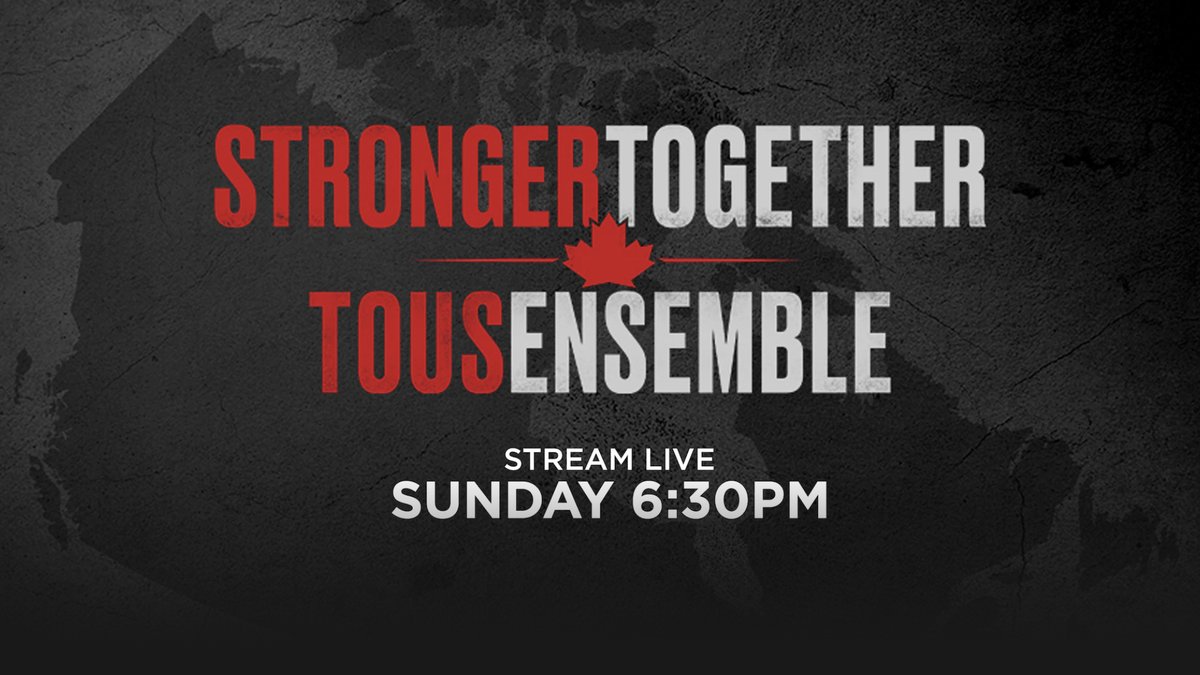We’re marking #IndigenousHistoryMonth by celebrating some of the incredible Indigenous musicians on Turtle Island — people who have entertained and educated through music.
Follow this thread all month, and check out our project Game Changers for more: bit.ly/371DMG6
Follow this thread all month, and check out our project Game Changers for more: bit.ly/371DMG6

.@BuffySteMarie is the kokum of rock.
With monumental anti-war anthems like Universal Soldier, Buffy has never shied away from bringing politics into her art. bit.ly/CBCMGC60s
With monumental anti-war anthems like Universal Soldier, Buffy has never shied away from bringing politics into her art. bit.ly/CBCMGC60s

Her music and support of Red Power movements in the 1970s resulted in her being blacklisted, but it didn't stop her.
On top of Buffy’s decades of awards and accolades, in 2015, at 74, she won the @PolarisMusicPrize for her album Power in the Blood. bit.ly/CBCMGC60s
On top of Buffy’s decades of awards and accolades, in 2015, at 74, she won the @PolarisMusicPrize for her album Power in the Blood. bit.ly/CBCMGC60s

Sainte-Marie’s legacy has inspired generations of Indigenous musicians like @jdutchermusic and @tagaq, and she continues to collaborate with the new crop of music makers, creating an ever evolving sound that remains timeless and universal. bit.ly/CBCMGC60s
Watch her perform her song "Hey Little Rockabye," which was recently adapted into a children's book, on the third episode of this year's #JUNOS 365 Songwriters' Circle series.
When Willie Thrasher was forced into a residential school at the age of five, he found solace in a set of school drums.
Thrasher lost his language in the residential school, but music proved to be a way back to his culture. bit.ly/CBCMGC60s
Thrasher lost his language in the residential school, but music proved to be a way back to his culture. bit.ly/CBCMGC60s

Today, Thrasher is an Inuit folk legend. His first album, Spirit Child, recorded in the early 1980s with @CBC, would cement his status as a key musician of his era.
Learn more about his legacy in modern Indigenous music history: bit.ly/CBCMGC60s

Learn more about his legacy in modern Indigenous music history: bit.ly/CBCMGC60s


Ojibway singer Curtis Jonnie, who adopted the name of his great-grandfather, Shingoose, was one of the most influential Indigenous creatives of the '60s and '70s.
(1/4) bit.ly/371DMG6
(1/4) bit.ly/371DMG6
Born in Manitoba, Shingoose moved to the U.S. in the 60s and toured with artists like Glen Campbell and Bruce Cockburn. (2/4) bit.ly/371DMG6 

When he returned to Winnipeg in 1973, he began using his voice to spread messages of Indigenous solidarity and pride. In 1986, he produced the acclaimed TV series Indian Time. (3/4) bit.ly/371DMG6
In the ’90s, he was part of the team that created the best music of Aboriginal Canada category at the Juno Awards, ensuring his impact on generations of Indigenous musicians to follow. (4/4) | @TheJUNOAwards
Learn more: bit.ly/371DMG6
Learn more: bit.ly/371DMG6
Transcending language and culture, @KashtinMusic burst onto the Canadian music scene in the late 1980s with songs sung in Innu-aimun, topping both the French and English music charts.
The folk-rock Innu duo from Maliotenam, Quebec, featuring Claude McKenzie and Florent Vollant, sold more than 200,000 albums worldwide.
They're now considered one of the most commercially successful Indigenous musical groups ever.
They're now considered one of the most commercially successful Indigenous musical groups ever.

Kashtin is the Innu word for “tornado,” and was a play on words — it also sounds like “cashed in” in English, a response to traditionalists’ criticisms that they were selling out. | @KashtinMusic
Since 1994, McKenzie and Vollant have mainly stuck to solo careers, but their stature in the country has only grown.
Learn more: bit.ly/371DMG6
Learn more: bit.ly/371DMG6
• • •
Missing some Tweet in this thread? You can try to
force a refresh











